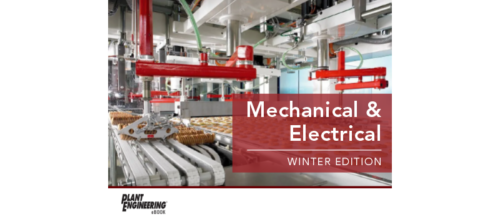Tools designed to enhance grid operations and benefit consumers
Texas A&M University researchers are developing decision-making tools to enable and incentivize consumers to provide energy resource support back to the power grid when needed
The strain that weather conditions such as extreme heat put on the electrical grid is substantial. The current heat wave in Texas, for example, brings concerns for grid operators and, in turn, energy conservation requests to consumers. The power grid is a symbiotic relationship between energy output and energy consumed. The question is whether more can be done to enhance the relationship between utility companies and household consumers.
Milad Soleimani, doctoral student in the Department of Electrical and Computer Engineering at Texas A&M University, is developing decision-making tools to enable and incentivize consumers to provide energy resource support back to the power grid when needed. This would ultimately minimize the impact on the grid and decrease costs for utility companies when the system is operating in an extreme condition, e.g., an asset fails or load exceeds available generation.
Specifically, Soleimani has taken a deeper look into the risk prediction and management for coordinating consumer and grid resources to mitigate the risk of electricity supply interruptions.
According to a study of 933 major events causing outages in the U.S. between 1984 and 2006, 44% of the events are weather related and 30% are because of asset failure. The Information Technology Industry Council reports that 98% of organizations state that one hour of post-outage downtime costs utility companies over $100,000.
One aspect of his project focuses on examining the risks posed to the grid, which are mainly weather conditions, vegetation and loading on the transformers that bring electricity to residential homes. The other aspect was how to manage distributed resources owned by consumers, such as battery energy storage systems, which enable energy from renewable sources like solar and wind to be stored and deployed when customers need power most.
In order to automate the interactions between residential electricity consumers and grid operators, Soleimani designed an in-site controller that receives control inputs from the consumer as well as the electric grid operator to manage the resources in the dwelling, such as battery energy storage, electric vehicles (EVs) and solar generation.
He also developed a decision support tool for the electric grid operator that predicts the risk of grid operation in the near future and optimizes the distributed resources deployment to manage the risk and ensure continuous delivery of electricity to consumers.
Soleimani explained that the main functionality of this tool is to predict the energy consumption and resources within residential homes in the future when solar panels and other renewable generation are at a higher penetration rate, then assess how the energy resources within these homes should be managed to benefit the grid and consumers alike.
“The implementation of our controller by only considering EVs showed that 40% penetration of EVs in a residential area may cause more than 80% increase in electricity demand during peak hours,” Soleimani said. “The managed charging of EVs using the controller we developed reduced this increase in peak demand to less than 10% increase. In addition, the required increase in the electricity price to cover the expenses of infrastructure upgrade is decreased by 80%.”
Soleimani is working with faculty advisor Dr. Mladen Kezunovic on this project, which is part of the U.S.-India Collaborative for Smart Distribution System with Storage (UI-ASSIST) and funded by the U.S. Department of Energy.
The fundamental approach for UI-ASSIST is to bridge the gap between smart grid, storage and renewable energy research and facilitate its subsequent adoption by utilities around the world in their distribution system operation and planning.
The article originally appeared on Texas A&M University website.
Do you have experience and expertise with the topics mentioned in this content? You should consider contributing to our CFE Media editorial team and getting the recognition you and your company deserve. Click here to start this process.


